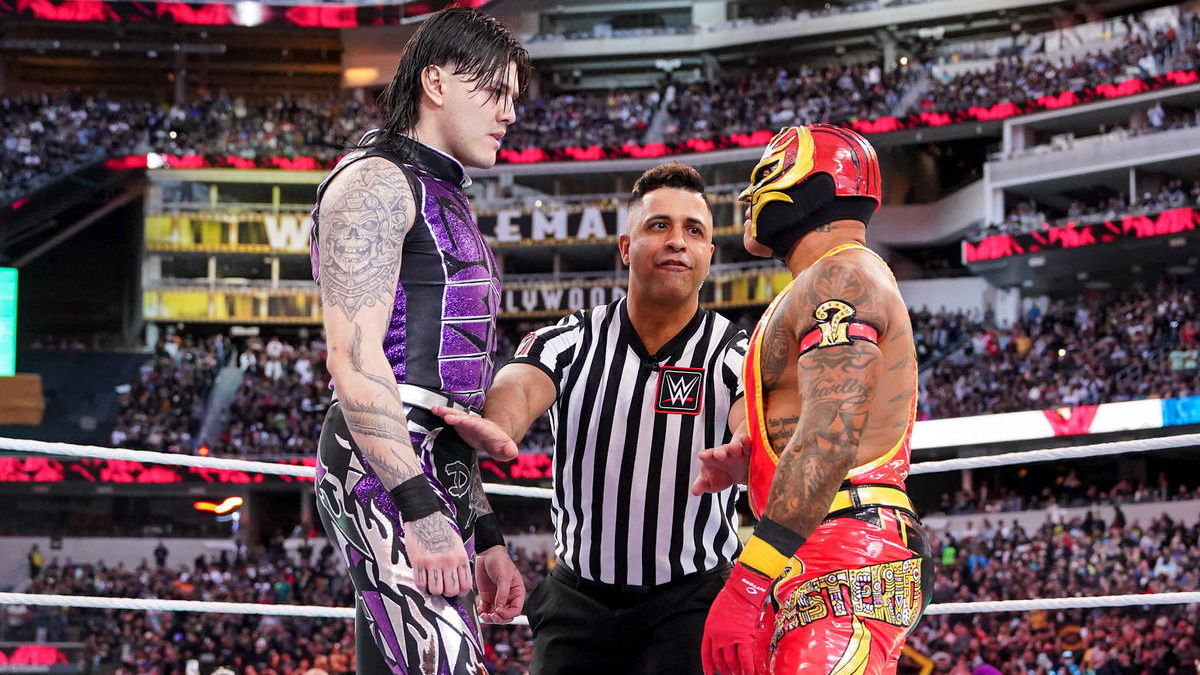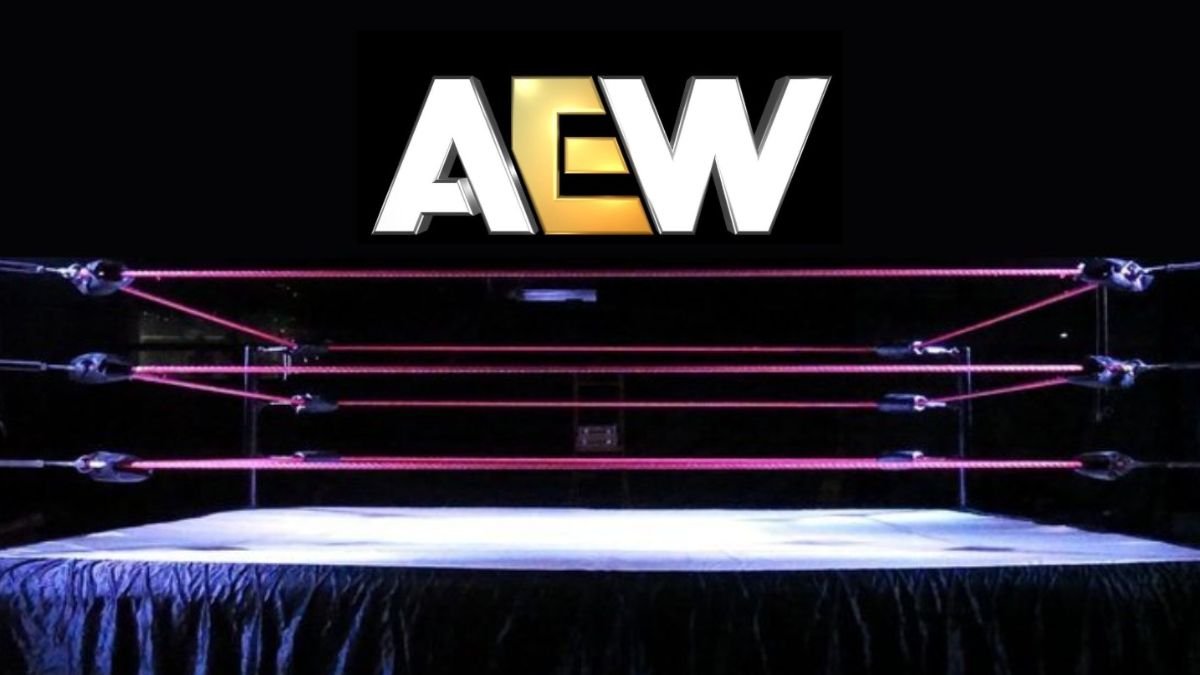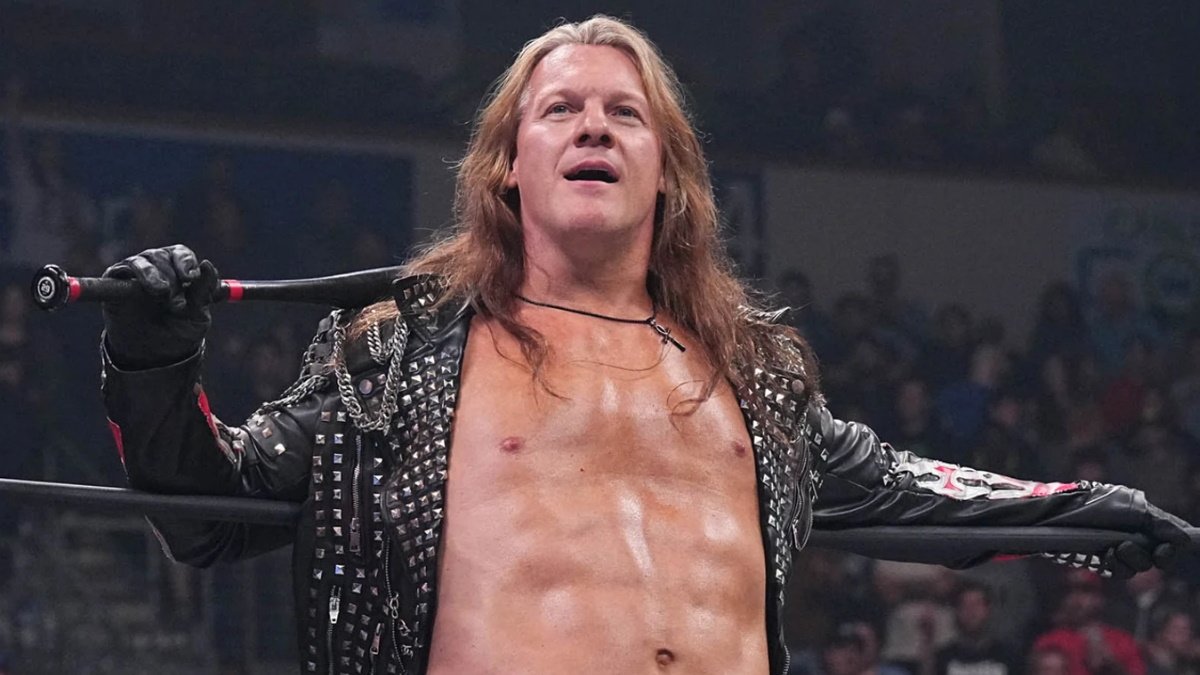Theatrical performance dating back to ancient Greece used masks to bring beings of immense power to life – it started with the worship of Dionysus, who you may know as the lounge-lizard God of Wine from Hades, as parts of 6th century rituals communicants would impersonate the deity through disguise making the god manifest.
Which inspired them to speak as the god, in first person, which essentially invented the art of drama.
Ritual-dramas then commonly began to use masks to represent the gods, demons, and even concepts like sin and they continued to do that throughout history – and I’d argue lucha libre is part of that global tradition, because what is wrestling if not one big weird morality play?
And the masks of luchadors – though they started out in simple block colours that could be seen from the back of an arena still became the face, the symbol of the blue demon or the phantom or Spider-man. That one works less well.
But generally they evoke creatures of myth, benevolent deities or creeping darkness, aspects of which the performer takes on during the match. Even the idea of high-flying and improbable stunts feels like something more than human.
It’s definitely about more than a bloke who doesn’t want to be recognised when he’s out buying his protein powder – you can get a hat and sunglasses for that. Masks are totems of power so when luchas lose them in the dreaded Mascara contra mascara, or mask vs mask match, it’s a disgrace, a dishonor and it’s disempowering.
That’s why when the mask comes off it’s usually as part of a retirement or at least a retirement of that character – the mask has lost its power, same reason Samson didn’t go scooping up his offcuts after Delilah gave him legend’s first ever lockdown mullet.
Trending
- Jade Cargill Addresses First One-On-One WWE Loss
- Bayley Makes Interesting Pitch To WWE Following Queen Of The Ring Tournament
- LA Knight Sends Message To The Bloodline After WWE King Of The Ring Loss
- Change To WWE Match After Legitimate Injury Revealed?
- New WWE Show Name Revealed?
- Challenge Issued To Tony Khan Ahead Of Upcoming Pay-Per-View
- WWE Botches Bloodline Match Announcement
- Damian Priest Shares WWE Moment He Struggled To Stay In Character
- WWE Star Teases New Alliance Amid Faction Split Rumors
- WWE Star Doesn’t Feel Like He Lost After King Of The Ring Defeat













 mailing list
mailing list